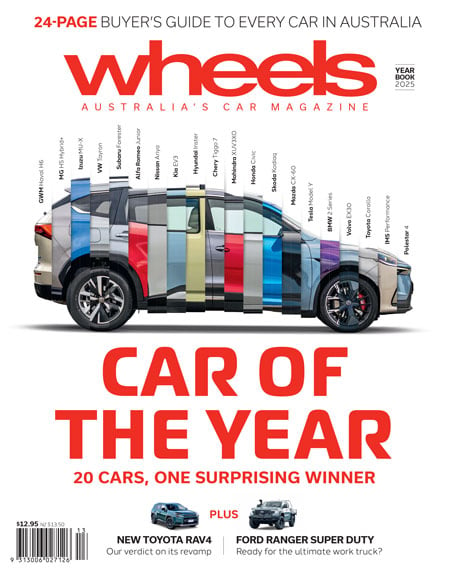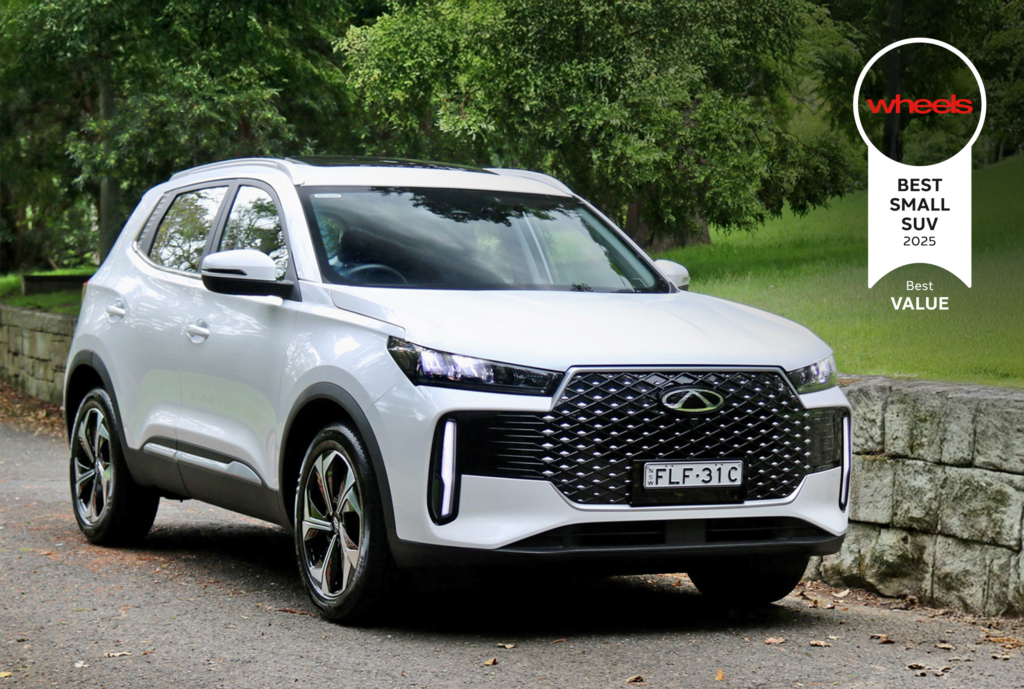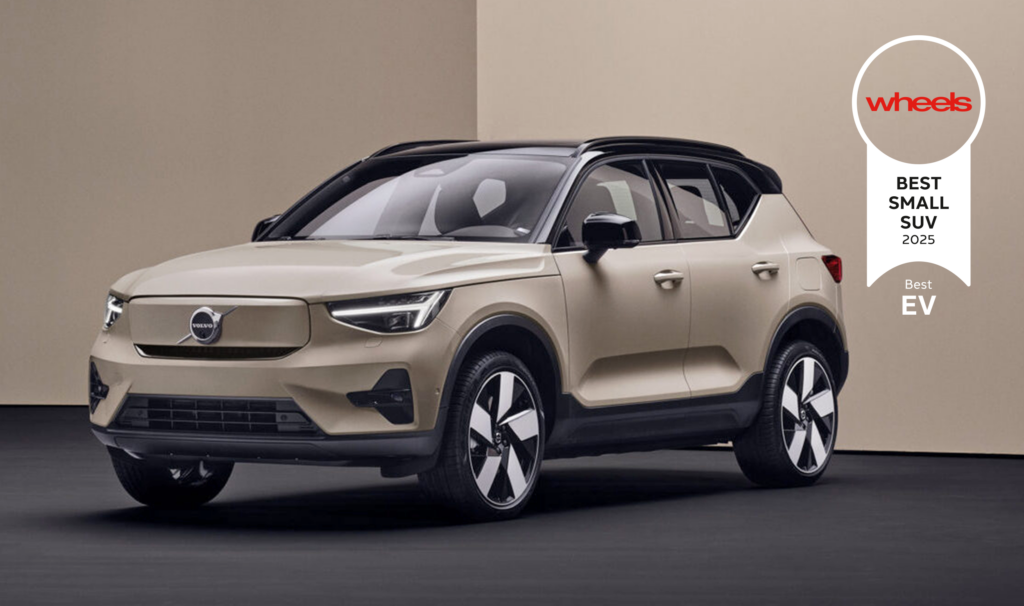The contenders
- Kia EV3
- Mitsubishi Eclipse Cross Plug-in Hybrid
- Toyota C-HR
- Kia Niro Hybrid
- Peugeot 2008
- Chery Omoda E5
- Audi Q2
- Zeekr X
Kia EV3
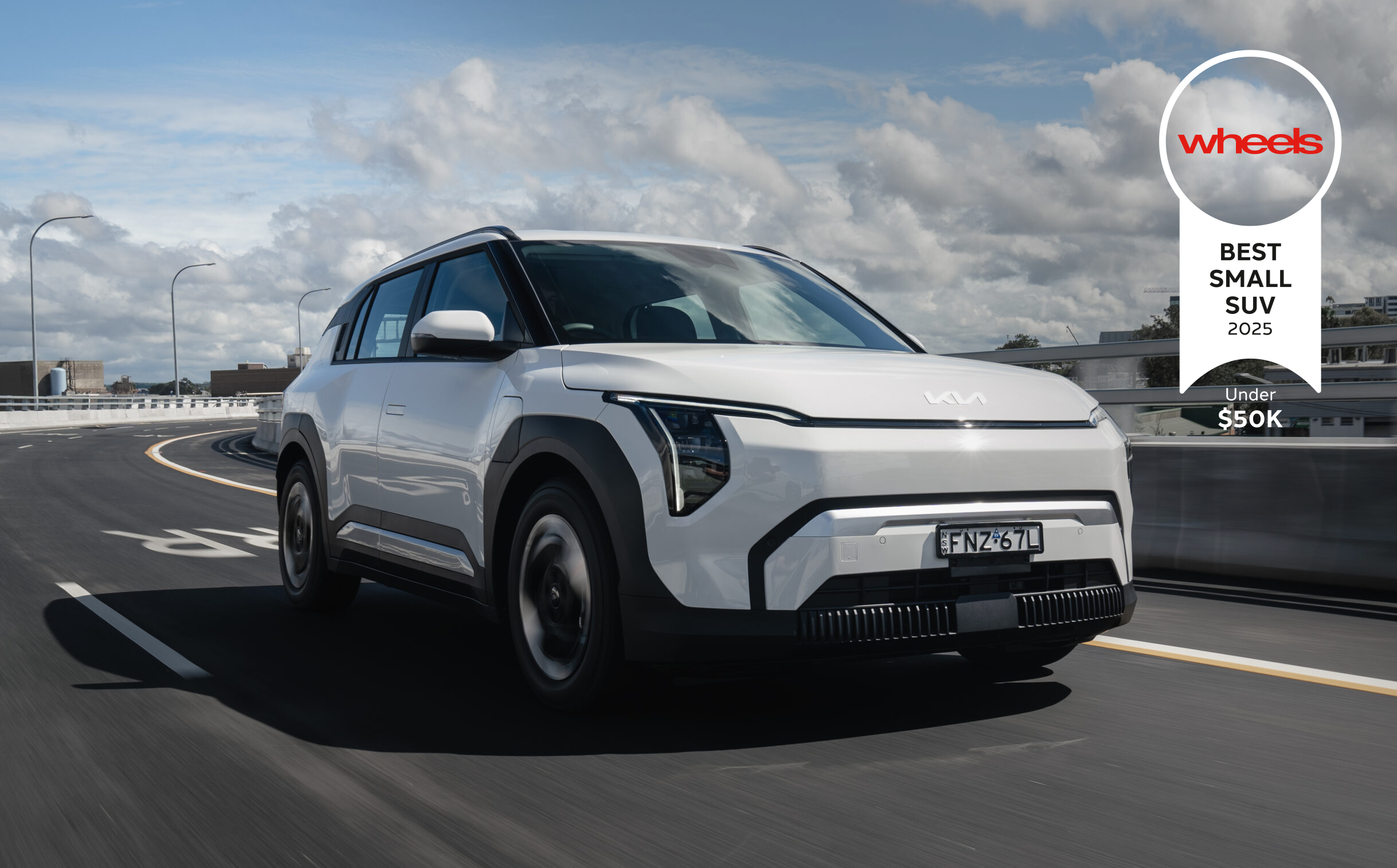
- Price: From $48,990 drive away (Air Standard Range)
- Drivetrain: 150kW/283Nm motor, 58.3-81.4kWh battery
- WLTP range, peak charging speed: 436km-604km, 127kW
- Warranty: 7-year/unlimited km, 7-year/150,000km battery warranty, 12 months of roadside assistance renewed with each Kia service
- Six-year service cost: $1,285 ($257 per year)
| Driving | |
|---|---|
| Interior | |
| Practicality | |
| Overall value |
While the EV6, EV9 and EV5 have come before it, Kia’s new EV3 electric small SUV looks to be the most compelling yet as it’s well priced, characterful and practical for its size. Priced from $48,990 drive away (depending on location), the EV3 has lowered the price of entry to an electric Kia by around $7,000 and has made the brand more accessible and appealing to those who want a cheaper and/or smaller EV.
Inside the EV3 is an almost-identical dashboard to other recent Kia products like its larger electric siblings and the new K4 small car, with dual 12.3-inch displays and a small 5.0-inch touchscreen for the dual-zone climate control in the middle of them. The EV3’s cabin is practical with lots of storage space, while the 460-litre boot is healthy for its size.
For now, there’s only a single 150kW electric motor variant available in Australia, though a dual-motor variant is said to be coming later this year with more power for those wanting more pep. Like other recent Kia models, the EV3 has been Australian-tuned for our market for greater ride comfort over our rubbish roads.
The peak charging speed is reasonable, while the range is excellent. Also excellent are the EV3’s servicing costs, which are far less than we’re used to from the brand – and Kia’s excellent seven-year warranty is still present.
It’s only just gone on sale in Australia, but we think that the Kia EV3 is going to sell well locally. It’s well priced at the entry point to the range, it’s cute to look at, offers a good range and performance and is inexpensive to service.
Mitsubishi Eclipse Cross Plug-in Hybrid
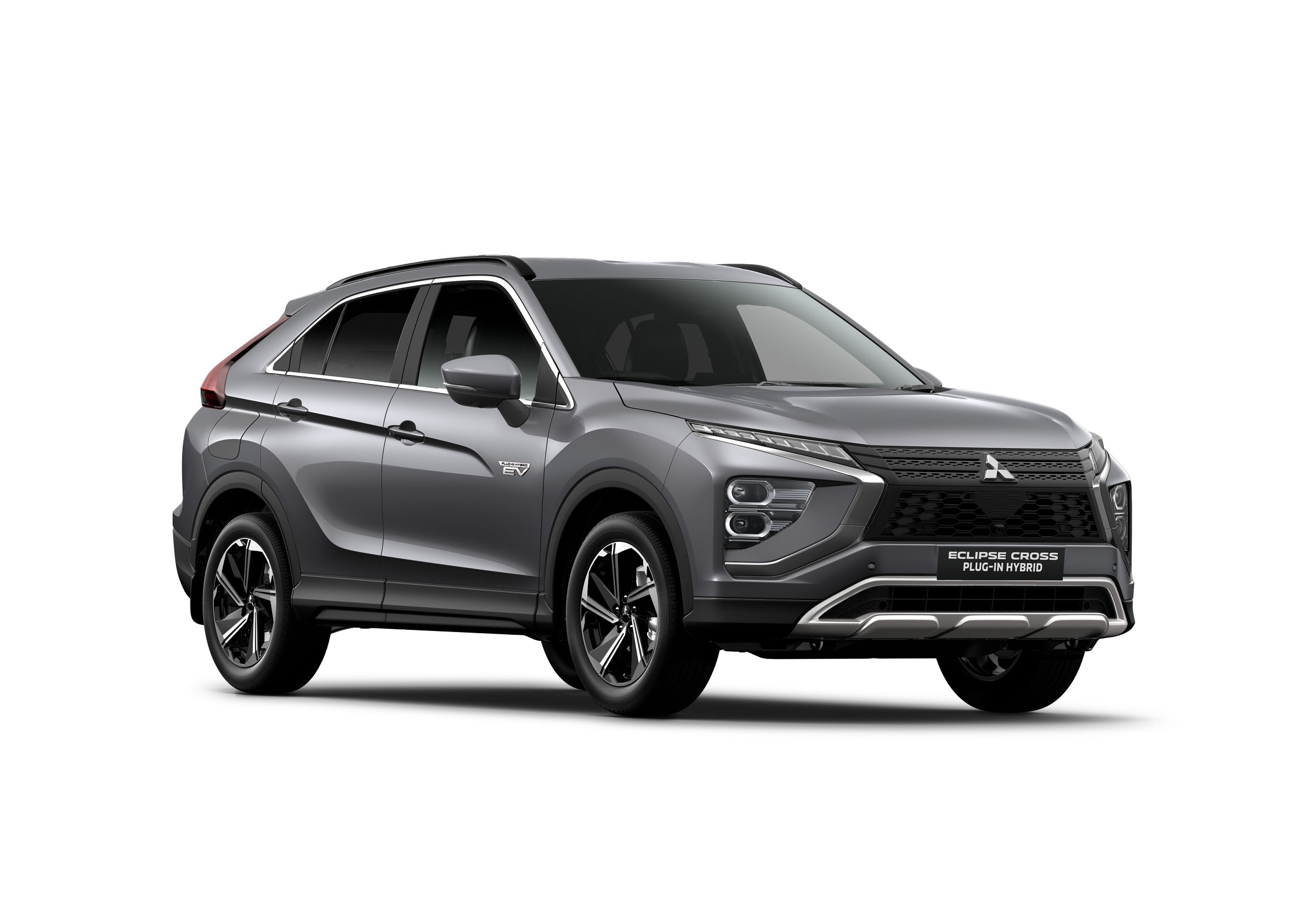
- Price: From $47,790 plus on-road costs (ES PHEV)
- Drivetrain: 2.4-litre 4-cylinder PHEV, 157kW/332Nm, CVT auto, AWD
- Combined fuel economy, CO2 emissions, fuel type: 1.9L/100km, 43g/km, 91RON
- Warranty: 5-year/100,000km extendable by dealer servicing up to 10-year/200,000km, 8-year/160,000km battery warranty, 12-month roadside assistance extendable up to four years
- Five-year service cost: $2,245 ($449 per year)
| Driving | |
|---|---|
| Interior | |
| Practicality | |
| Overall value |
Things we like
- Well sized and practical
- Plug-in hybrid a unique option for the price
- Well equipped across the range
Not so much
- Plug-in hybrid is expensive
- Dated interior technology
- Thirsty once battery has been depleted
Production for Australia has already stopped but the Mitsubishi Eclipse Cross still has appeal for small SUV buyers. Launched in 2017 as the slightly larger and more premium sibling to the big-selling ASX, the Eclipse Cross features a practical cabin that can comfortably carry four adults and their luggage.
The cabin of the Eclipse Cross feels a bit dated in parts like the basic touchscreen, but it’s ergonomically sound and the seats are comfortable. The quality is reasonable, with lots of soft touch points, and it’s certainly more upmarket than the ASX that sits below it in price. Its 405-litre boot is a good size for the segment as well.
Pricing starts at $31,990 plus on-road costs for the entry-level ES petrol, and buyers can choose from not only multiple models but also different drivetrains, including a plug-in hybrid that’s priced from $47,790 +ORC.
The 2.4-litre plug-in hybrid drivetrain in the Eclipse Cross range is refined and gutsy, and can impressively be DC fast charged. Mitsubishi says that it can cover around 50km of electric driving before needing the petrol engine to help too, and we found that fairly accurate in the real world. The driving experience is softer and less well damped than a lot of rivals, but it’s still comfortable enough. It’s not sporty like the Eclipse name suggests, but the plug-in hybrid and its cool all-wheel drive system can be fun to drive.
Where the Eclipse Cross has more appeal is in its aftersales program with a five-year warranty that can be extended to 10 years in total with dealer servicing. Add in low capped price servicing and it’s easy to see with the Eclipse Cross has appeal to small SUV buyers.
Toyota C-HR
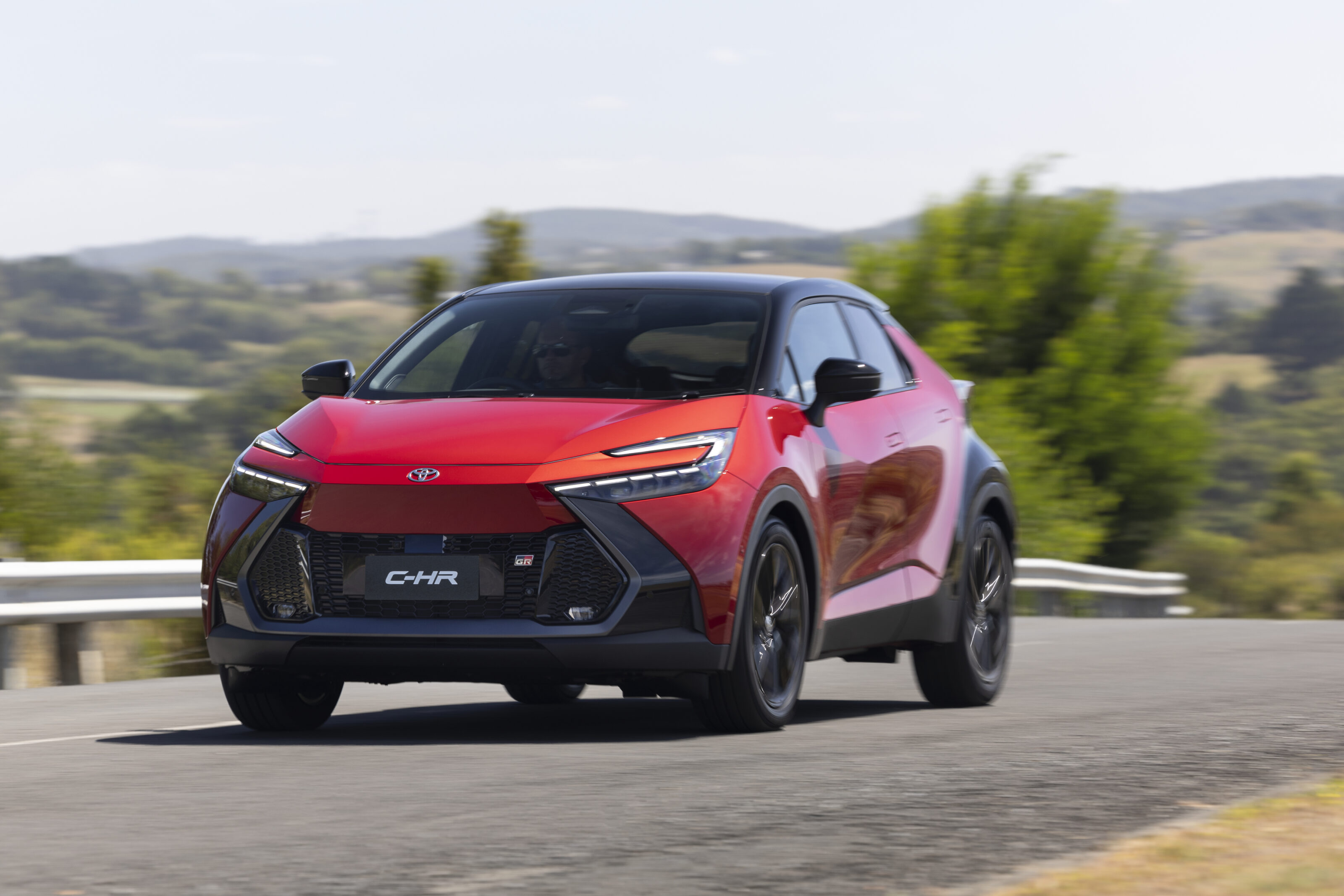
- Price: From $42,990 plus on-road costs (GXL)
- Drivetrain: 1.8L or 2.0L 4-cylinder hybrid, 103kW or 146kW, CVT auto, 2WD (1.8L) or AWD (2.0L)
- Combined fuel economy, CO2 emissions, fuel type: 4.0-4.1L/100km, 89g-94g/km, 91RON
- Warranty: 5-year/unlimited km, 8-year/160,000km battery warranty, optional assistance
- Five-year service cost: $1,275 ($255 per year)
| Driving | |
|---|---|
| Interior | |
| Practicality | |
| Overall value |
Things we like
- Exotic styling
- 2.0-litre hybrid is punchy but quite efficient
- Good to drive with great handling
Not so much
- Rear seat and boot are small
- Expensive to buy
- Appalling rear visibility
The C-HR was actually Toyota’s first modern-day small SUV sold locally, slotting beneath the then-current RAV4 mid-sizer upon its release in 2017. Fast forward to now and not only does Toyota have two other small SUVs in its line-up, but the C-HR is also now even more exotic to look at and – thanks to a new production source – more expensive than its siblings.
Priced from $42,990 plus on-road costs – or at least $10,000 more than when the first-generation model was released – the new C-HR is available in three models: base GXL, mid-spec Koba and top-spec GR Sport. The GXL and Koba use a 1.8-litre hybrid drivetrain and the GR Sport a larger 2.0-litre unit, and while the smaller engine is totally fine, the larger one is a spritely performer. Both are quiet efficient and will happily return under 5L/100km in the real world without trying.
The interior of the C-HR is Toyota’s most driver-focused cabin in years with a clear dashboard angling towards the pilot. Material quality – particularly in the Koba and GR Sport – is pleasing, with lots of soft touch materials used. The new 12.3-inch touchscreen is quite responsive and bright, as well as fully featured, while the front cabin is quite practical as well with lots of storage space. The rear seat, however, is cramped and while two adults will fit, it’s a bit claustrophobic. The boot measures from 362 litres in the GR Sport to 388L in the GXL – the GXL is also the only model with a spare wheel.
Toyota’s five-year warranty is pretty standard nowadays, though dealer servicing increases the mechanical warranty to seven years and the battery warranty to 10 years in total, and while roadside assistance is optional, servicing is cheap at just $255 each for the first five years/75,000km (whichever comes first).
Overall, the C-HR is much the same as it’s ever been, though with even more style this time around. It’s pleasurable to drive, good quality, well equipped and cheap to run, if not cheap to buy, nor that practical. If you’re after a more practical or better value alternative, Toyota will sell it to you, but there’s no denying that the new C-HR has appeal.
Kia Niro Hybrid
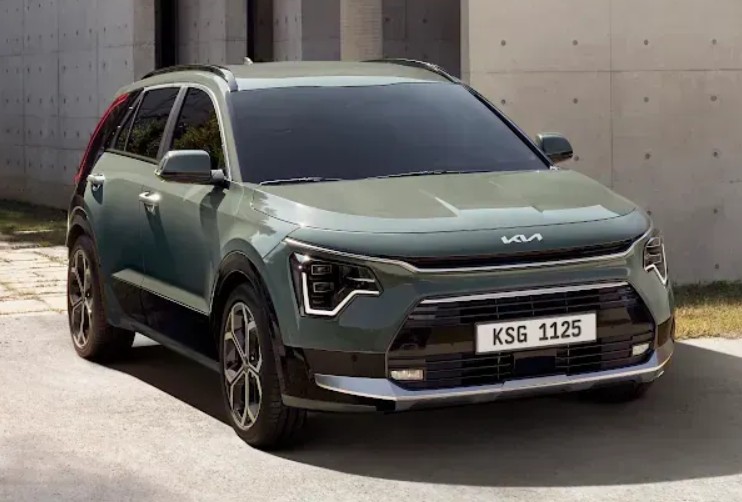
- Price: From $45,000 plus on-road costs (S)
- Drivetrain: 1.6L 4-cylinder hybrid, 104kW/265Nm, 6-speed dual-clutch auto
- Combined fuel economy, CO2 emissions, fuel type: 4.0L/100km, 91g/km, 91RON
- Warranty: 7-year/unlimited km, 8-year/160,000km battery warranty, 12 months’ assistance extendable with dealer servicing up to eight years in total
- Five-year service cost: $2,849 ($569 per year)
| Driving | |
|---|---|
| Interior | |
| Practicality | |
| Overall value |
Things we like
- Handsome styling
- Hybrid drivetrain works well
- Good to drive with a great ride
Not so much
- Expensive across the range
- Expensive to service as well
- Cheaper non-hybrid Seltos is more practical
The Kia Niro is the brand’s unique hybrid and electric small SUV that differs from the larger, cheaper and petrol-only Seltos. Priced from $45,000 plus on-road costs in hybrid form, the Niro can also be had as an EV and both are available in either base S or top-spec GT-Line form. Both the S and GT-Line are relatively well equipped, though the S still lacks features like a leather steering wheel or LED headlights, making the $5,650 jump to the GT-Line worth it in our view.
The cabin of the Niro is funky and much better quality than the basic Seltos’ cabin, with more soft touch surfaces in order with its more expensive pricing and higher-tech drivetrains. Its front cabin is also more practical than the Seltos with lots of storage, though the rear seat and boot aren’t quite as large. Measuring 425-litres with the seats up, the Niro’s boot is average in size.
On the road, the Niro range shows off its Australian-tuned suspension with excellent ride and handling that shames a lot of competitors. The hybrid drivetrain isn’t the quickest, but has more than enough grunt for most buyers. Helping the drivetrain is a six-speed dual-clutch automatic transmission that differs from rivals as it’s not a CVT, but that makes it feel more natural.
Kia’s industry coverage is above average in this company, though its service pricing is expensive at almost $570 per year. Thankfully, its real world low fuel useage will help pay for that, but it should be cheaper to own.
The Kia Niro has a lot going for it, including a handsome design, practical and tech-filled cabin, a peppy and efficient drivetrain and a long warranty. Counting against it is its expensive pricing, expensive service costs and that its ICE-powered Seltos sibling – let alone the Hyundai Kona Hybrid that it shares so much with under the skin – is less expensive to buy.
Peugeot 2008
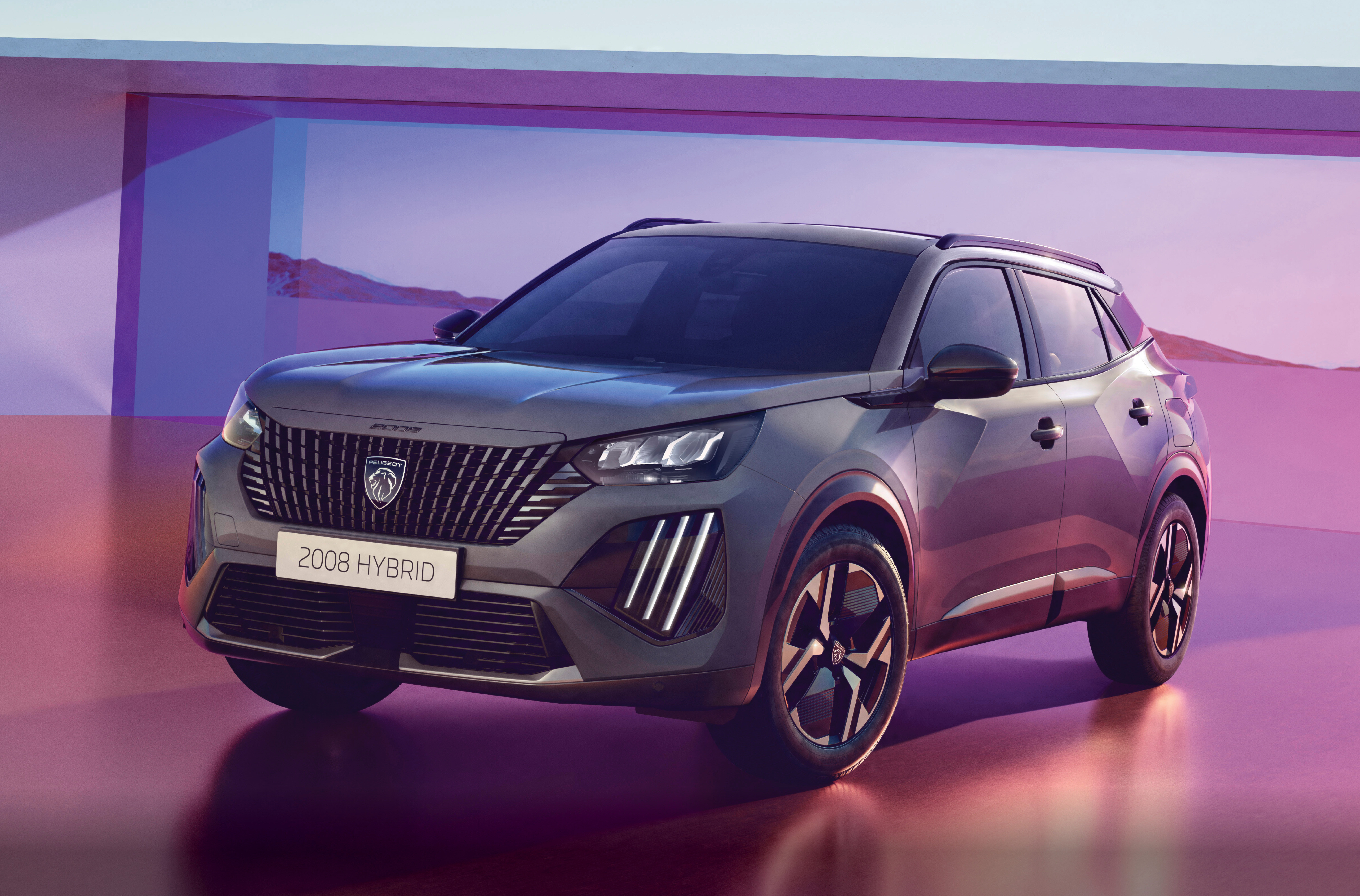
- Price: From $42,490 plus on-road costs (Allure)
- Drivetrain: 1.2L turbo 3-cylinder hybrid, 100kW/230Nm, 6-speed dual-clutch auto
- Combined fuel economy, CO2 emissions, fuel type: 4.4L/100km, 99g/km, 95RON
- Warranty: 5-year/unlimited km, 5-year roadside assistance
- Five-year service cost: $1,780 (service plan – $356 per service)
| Driving | |
|---|---|
| Interior | |
| Practicality | |
| Overall value |
The Peugeot 2008 is one of the brand’s most popular products in Australia. It recently received a mid-life facelift with new styling, new features and a new model line-up, and now it’s also getting a new 48V mild-hybrid drivetrain. But unlike most other mild hybrid drivetrains, the 2008’s is capable of powering the car by itself like a typical Toyota or Honda drivetrain.
Because of that, the 2008 Hybrid’s fuel consumption is rated at just 4.4L/100km – or almost 2L/100km less than the pre-update pure-petrol model that was actually less powerful at 96kW versus 100kW now. The new mild-hybrid drivetrain’s electric motor contributes an extra 51Nm of torque from 0rpm, making for smoother progress than the regular turbo-petrol engine, and the new six-speed dual-clutch transmission should be faster than the older regular auto.
Its interior is full of interesting materials like suede, leather and even lime green stitching on the upper-spec GT, plus it’s super practical with ample storage in the front. It uses a 10-inch touchscreen that’s well featured and easy to use, though some of the interior buttons could be more ergonomically pleasing to use. The rear seat of the 2008 is tighter than some rivals, though two adults will be fine, and its healthy 434-litre boot opens up to a large 1,467L with the rear seats folded.
On the road, the 2008’s ride quality impresses thanks to its suppleness – it doesn’t pretend to be all sporty, it’s just quite comfortable. It also handles well, and its refinement is excellent as well. The 2008 is covered by an industry-average five-year/unlimited km warranty, though with five years of roadside assistance and overall, while it’s not cheap to buy, we think the Peugeot 2008 Hybrid is definitely worth considering if you’re after an expensive-looking, efficient, comfortable and good quality small SUV.
Chery Omoda E5
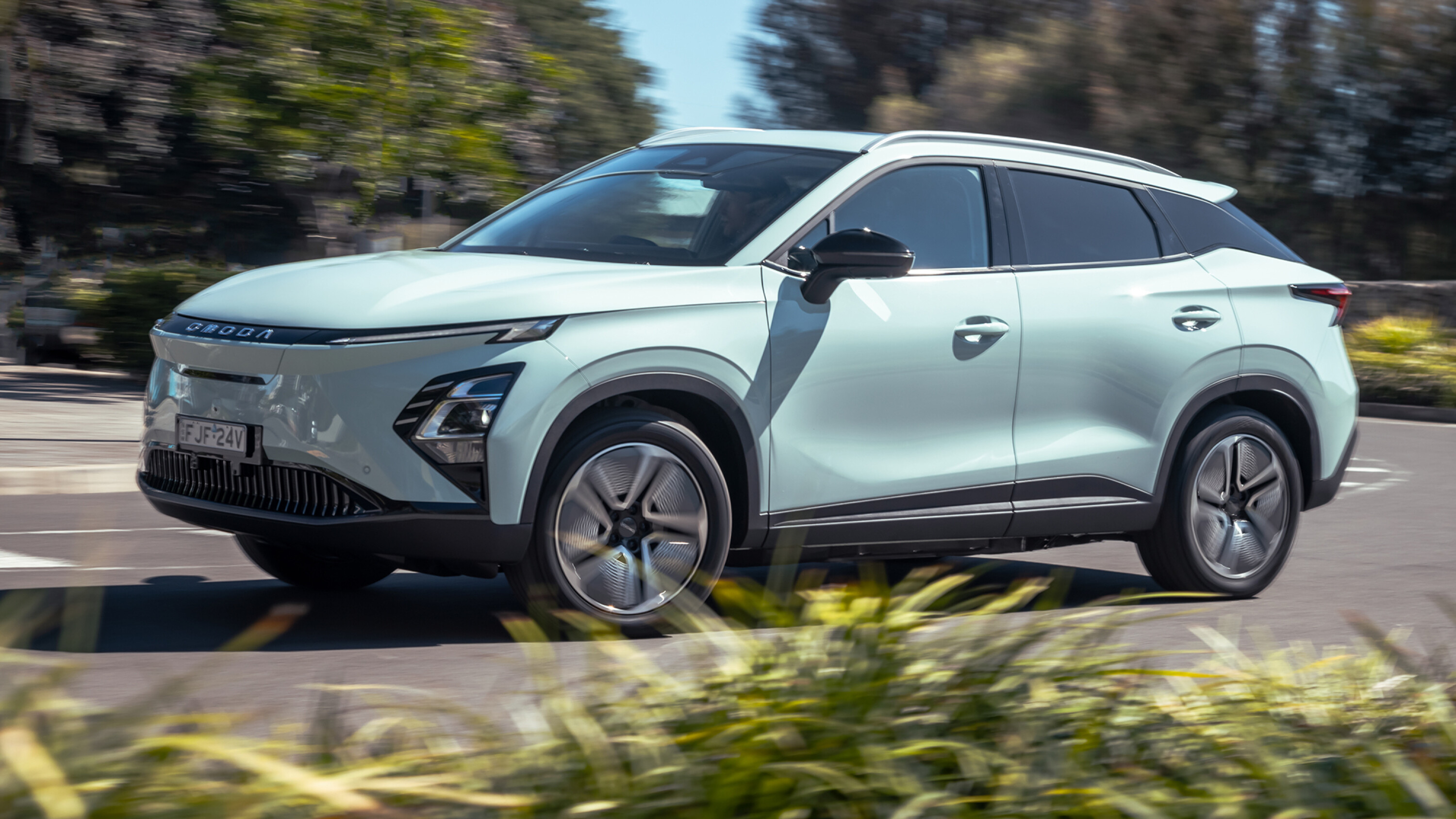
- Price: From $42,990 plus on-road costs (BX)
- Drivetrain: 150kW/340Nm electric motor, 61.1kWh battery
- NEDC range, peak charging speed: 460km, 80kW
- Warranty: 7-year/unlimited km, 8-year/unlimited km battery warranty, 12 months of roadside assistance renewed with each Chery service up to eight years in total
- Six-year service cost: $950 ($190 per year)
| Driving | |
|---|---|
| Interior | |
| Practicality | |
| Overall value |
Things we like
- Good value for money
- Excellent warranty and servicing
- Lots of standard equipment
Not so much
- Overbearing safety assist features
- Suspension needs re-tuning
- Big price jump over ICE Omoda E5
The Chery Omoda E5 is the first electric offering from Chery in Australia. Based on the popular Omoda 5 small SUV, the E5 uses a 150kW/340Nm electric motor instead of the regular model’s petrol engine. Dashboard design aside, the Omoda E5 is otherwise unchanged inside: the back-seat room is a bit tight for taller adults and the 300-litre boot isn’t big either, though it does feature a full-size spare wheel under the boot floor.
The ICE Omoda 5’s cabin is treated to a higher level of quality and a new dashboard design in the E5 with a more conventional bridge-type centre console instead of the ICE model’s sliding unit. That makes it a bit more practical, though the shortcut buttons have been lost in the process and that makes the infotainment system more difficult to use.
Behind the wheel of the Omoda E5 is a mixed bag. On smooth roads, it’s generally comfortable but even smaller bumps reveal a busy ride quality. The E5’s acceleration is strong – it hits 100km/h in just 6.7 seconds – but under full acceleration, torque steer is part of the package and the soft suspension means there’s plenty of body roll.
Where Chery wins back big brownie points is in its aftersales package: a seven-year/unlimited km warranty with an eight-year battery warranty – that too is rated to unlimited mileage, unlike many other car makers – and very cheap service costs of just $950 over a six-year period.
Overall, the Chery Omoda E5 is a tempting effort in the electric small SUV segment thanks to its cheap ownership costs, exotic styling, quality cabin, good performance and reasonable range. Its suspension could do with a re-tune, however, and the active safety features can be irritating as well. But if value is the name of the game for you, the Omoda E5 is a strong contender.
Audi Q2
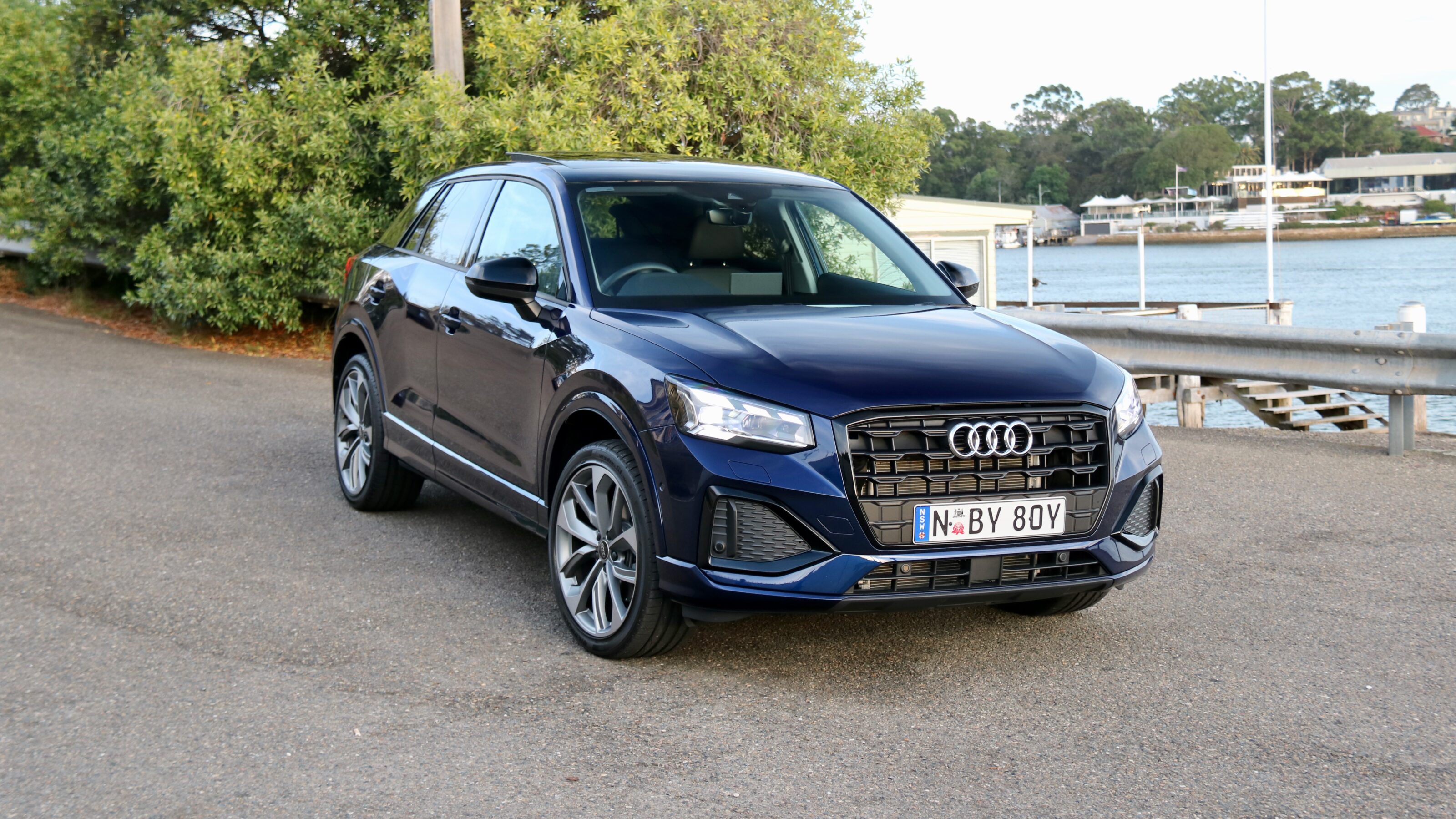
- Price: From $49,400 plus on-road costs (35 TFSI)
- Drivetrain: 1.5L or 2.0L 4-cylinder turbo petrol, 110kW/250Nm (35 TFSI), 140kW/320Nm (40 TFSI) or 221kW/400Nm (SQ2), 7-speed dual-clutch auto, FWD (35 TFSI) or AWD (40 TFSI, SQ2)
- Combined fuel economy, CO2 emissions, fuel type: 5.2-7.7L/100km, 119-176g/km, 95RON
- Warranty: 5-year/unlimited km, 5-year roadside assistance
- Five-year service plan cost: $2,600–$2,890 ($520–$578 per service)
| Driving | |
|---|---|
| Interior | |
| Practicality | |
| Overall value |
Things we like
- Good value for money for a premium brand
- Gutsy and efficient drivetrains
- Still handsome to look at
Not so much
- Feeling a bit dated against newer Audi models
- Features like electric seats unavailable
- Usual dual-clutch transmission low speed behaviour foibles
Released in Australia in 2017, the Audi Q2 is the brand’s smallest SUV to date measuring at just over 4.2 metres long and sitting underneath the slightly larger Q3. Using the same MQB platform as cars like the Volkswagen Golf and Tiguan, the Q2 offers a punchy but efficient range of engines in Australia: either a 1.5-litre unit or larger 2.0-litre – the latter is upgraded to 221kW in the SQ2.
Inside the Q2 is starting to feel a bit dated against newer Audi models, but the quality is still solid and it’s comfortable and quite ergonomic too. The brand has just updated the Q2 with a larger 8.8-inch touchscreen which replaced a smaller 5.8-inch non-touch unit, while it also upgraded to a later infotainment system that’s used in many other Audi models like the Q3.
Storage space inside the Q2 is fairly limited, and while the back seat is surprisingly roomy for the car’s size, it’s not massive either. The 405-litre boot is healthy for its size, and the rear seats fold flat for extra practicality, though only 1,050L is on offer once done.
On the road, the Q2 impresses with good refinement and visibility. It’s comfortable as well with a slightly firm but nicely taut ride quality and quick steering that makes it easy to manoeuvre. The only annoyance is the dual-clutch automatic transmission, which can be hesitant at low speeds. Overall, while the Audi Q2 isn’t the newest kid on the block it still impresses with its quality, refinement, solid driving experience, punchy engines and low starting price for a premium brand. While it could feel newer and the transmission could be more refined, we think it’s still good buying and is a good option in the small SUV segment.
Zeekr X

- Price: From $49,900 plus on-road costs (RWD)
- Drivetrain: 200kW/343Nm (RWD) or 315kW/543Nm (AWD) electric motor, 66kWh battery
- NEDC range, peak charging speed: 470-540km, 150kW
- Warranty: 5-year/unlimited km, 8-year/160,000km battery warranty, 5 years of roadside assistance
- Six-year service cost: $2,800 ($466 per year)
| Driving | |
|---|---|
| Interior | |
| Practicality | |
| Overall value |
Things we like
- Futuristic design in and out
- Good quality and practical cabin
- Lots of standard equipment
Not so much
- Everything controlled through touchscreen
- Overbearing safety features
- Expensive service pricing
As we’ve seen with both the Volvo EX30 and Smart #1 and #3 cousins, the Zeekr X – which uses the same platform and mechanicals as those cars – features a 66kWh battery that can be charged at up to 150kW with either a 200kW single motor or 315kW dual-motor drivetrain. So in that case, what separates the Zeekr from its cousins?
The Zeekr is undoubtedly designed to be sharper – while the Smarts are cute and European and the Volvo is quite Nordic in its look, the Zeekr is more futuristic in appearance. The same sort of futuristic vibe extends to the cabin where the big touchscreen dominates and thankfully, unlike the EX30, there’s also a driver’s display.
Like the Smart twins, the Zeekr X is less sporty than the EX30 and that’s helped by the 100mm-longer wheelbase for extra ride comfort. But it still drives assuredly and even though some of its active safety features can be irritating, they’re much better tuned than a lot of other new cars.
The Zeekr’s cabin is warm and inviting, and more spacious than you might first think given its small dimensions. Centre of the cabin is a 14.6-inch touchscreen that’s mostly easy to use and well featured, while we also quite like the light colouring which makes it feel airy.
Overall, we think the Zeekr X has definite appeal in the new car market. While the brand isn’t yet as well known as its cousins, it impresses with funky design, great quality and a solid driving experience. The warranty could be longer and it could be less expensive to service, but we think it’s overall worthy of a test drive.
Best Small SUV series
Looking to get into a brand-new small SUV? Our stories below will guide you to the model that best suits your needs!

